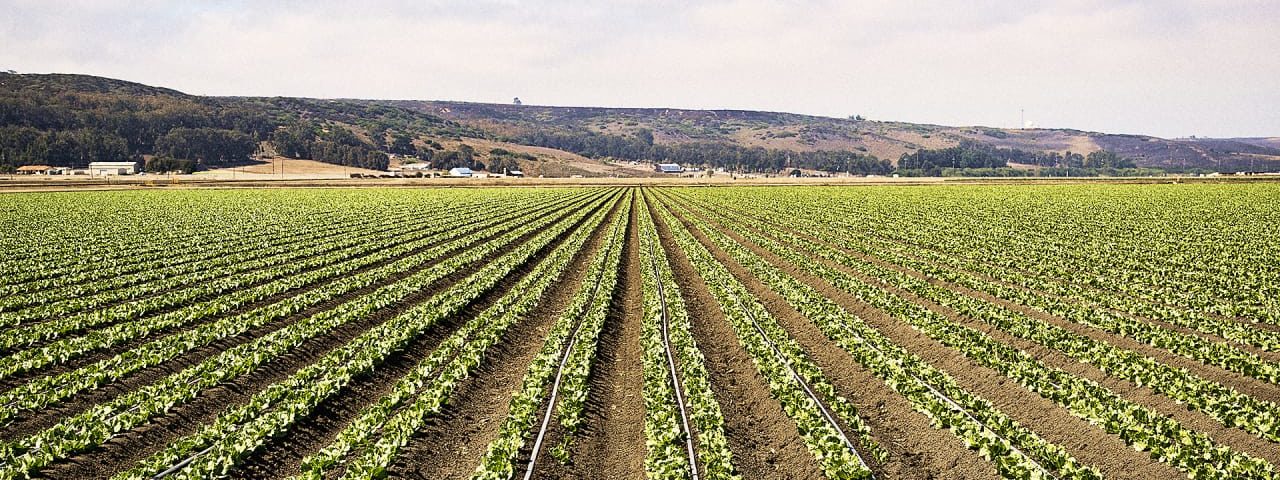Farming communities play a vital role as managers of their ecosystems and biodiversity. As Ben Falk points out, they are often viewed as stewards. In his understanding, “Stewardship implies dominion, whereas partnership implies co-evolution; mutual respect; whole-archy, not hierarchy. A partner is sometimes a guide, always a facilitator, always a co[-]worker.” Since a farmer’s dependence on their land and natural resources necessitates a conservation ethic, their farm productivity critically demands their assistance in delivering a range of ecosystem services. Wild species often also play an important role in providing livestock fodder, fuel, veterinary medicines, soil nutrient supplements and construction materials to farmers, as well constituting an essential element of cultural, religious, and spiritual practices. The dominance of agriculture in global land use requires that eco-agriculture approaches be fostered by rural producers and their communities on a globally significant scale. To do this, farmers need to be able to conserve biodiversity more consistently in ways that benefit their livelihoods. Experiences from around the world suggest that there are a number of incentives to encourage and enable farmers and their communities to preserve or transition towards eco-agriculture landscapes:
- Many management practices that improve ecosystem health also benefit farmers by reducing production costs, raising or stabilizing yields, or improving product quality. Intensive rotation grazing systems practiced in Europe, the United States, and Zimbabwe have been shown to reduce dairy production costs compared to stall-fed systems, while also reducing risks of land degradation and improving wildlife habitat.
- Farming communities are especially motivated to conserve biodiversity and ecosystem services critical to their own livelihoods and cultural, spiritual, or aesthetic values. To protect their access to local water sources and medicinal plants, for example, farmers in western Kenya have mobilized to protect threatened forests in and near their communities. And in some agricultural landscapes in West Africa, ‘sacred groves’ are the principal remaining areas of native forest.
- Farmers are seeking new income opportunities from product markets that value supplies from biodiversity-friendly production systems. More than 80 eco-certification programs now provide opportunities for farmers to receive higher prices for products produced with environmentally friendly practices.
- Farmers can gain new income opportunities from payment for ecosystem services provided by non-farm beneficiaries of their ecological partnership. These opportunities include carbon emission offset payments for carbon sequestration in soils and trees and water quality protection, among others.
- Farmers are seeking ways to comply with the goals of environmental regulation, in ways that also maintain or improve their agricultural livelihoods. In the US, farmers in the Chesapeake Bay watershed are incorporating perennial vegetative buffer strips around stream banks, which provide habitat niches for birds and wildlife, to both help meet water quality regulations and to diversify their output.

